The Horniman owns four volumes of her book of British Algae that were made as cyanotype plates in 1848 (bound as books in the 1880s). It is worth noting that Anna Atkins was married to John Pelly Atkins, the son of Alderman John Atkins – a West Indian merchant and slave owner, and owner of several plantations in Jamaica. The Atkins family received compensation (some of the claims made by Atkins family were both successful and unsuccessful) when slavery was abolished in 1807.
The compensation paid to the Atkins family alongside other former slave traders was paid at the expense of the UK taxpayer, a national debt that was only paid off in 2015. As someone who is of Jamaican heritage, this aspect of Atkins history provided me with an understanding of how she was able to finance her artistic practice and a point of conversation for me to respond to.
During my visit to the archive, I recorded my thoughts as I looked through her book of cyanotypes.
As someone who is of Jamaican heritage, this information prompted a myriad of personal and theoretical questions and thoughts that explored her methodology, such as the aesthetics of the cyanotypes, as well as her personal explorations as a female artist in 19th century. The word ‘extraction’ kept appearing and repeating itself in my mind. I took this as a prompt to reflect on Atkins’ legacy as well as reflecting on the history of photography, which has and continues to have a detrimental cost to the environment.
In response, the series ‘In Conversation with Anna Atkins’, was made as an outcome of my residency at the Horniman Museum and Gardens from April to September 2023. My bleached cyanotypes have been bound as 30 cyanotype plates, in response to Atkins and the popular cyanotype process that she is known for.
The cyanotypes feature photos from the Horniman Nature Trail and Gardens, alongside plants and leaves found during my walks. I have bleached the cyanotypes (with sodium carbonate), and some of the cyanotypes feature a transcript of my words from my visit to Horniman’s archive. Bleaching the cyanotypes provides a way for me to process my feelings and interrupt Atkins work in a way that allows me to have agency.
Altering the aesthetics of the cyanotypes, also provides a mode of commentary whilst acknowledging the origins of the cyanotype process as well as providing a vehicle for my nuanced approach to her legacy. The book is my way of working through my feelings and the research about Atkins and her practice.
I also took photos during my walk and made negatives of them by printing the photos onto acetate which I made into cyanotypes. I utilised a plant-based developer from elderflower that I collected from the Nature Trail to develop the analogue black and white photos.
You can read more about my research during my residency on my website.
Listen to Marie’s impressions of the Anna Atkins cyanotypes, while you view her work below:
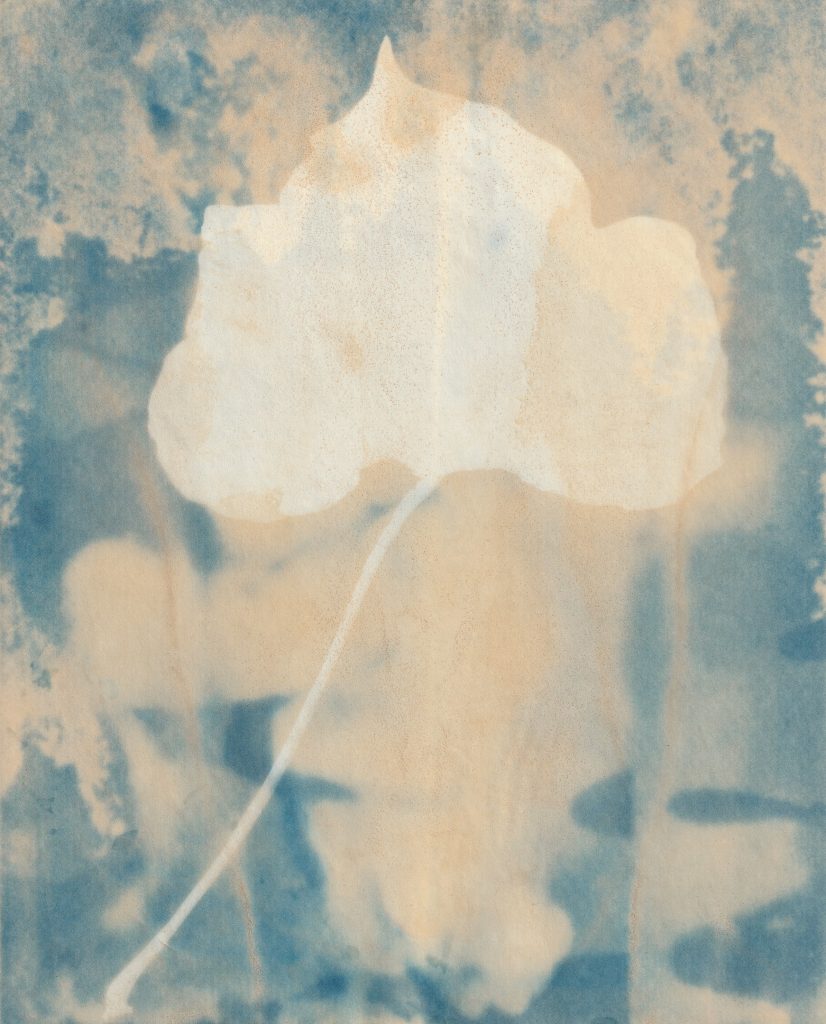
(C) Marie Smith
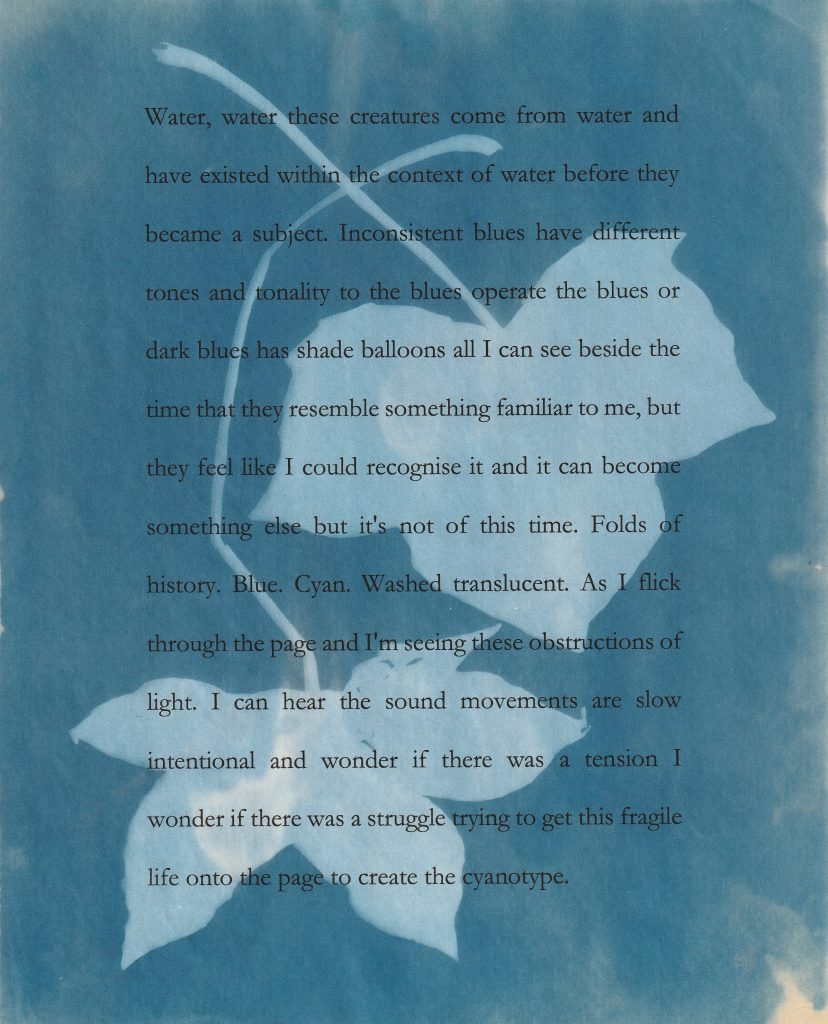
(C) Marie Smith
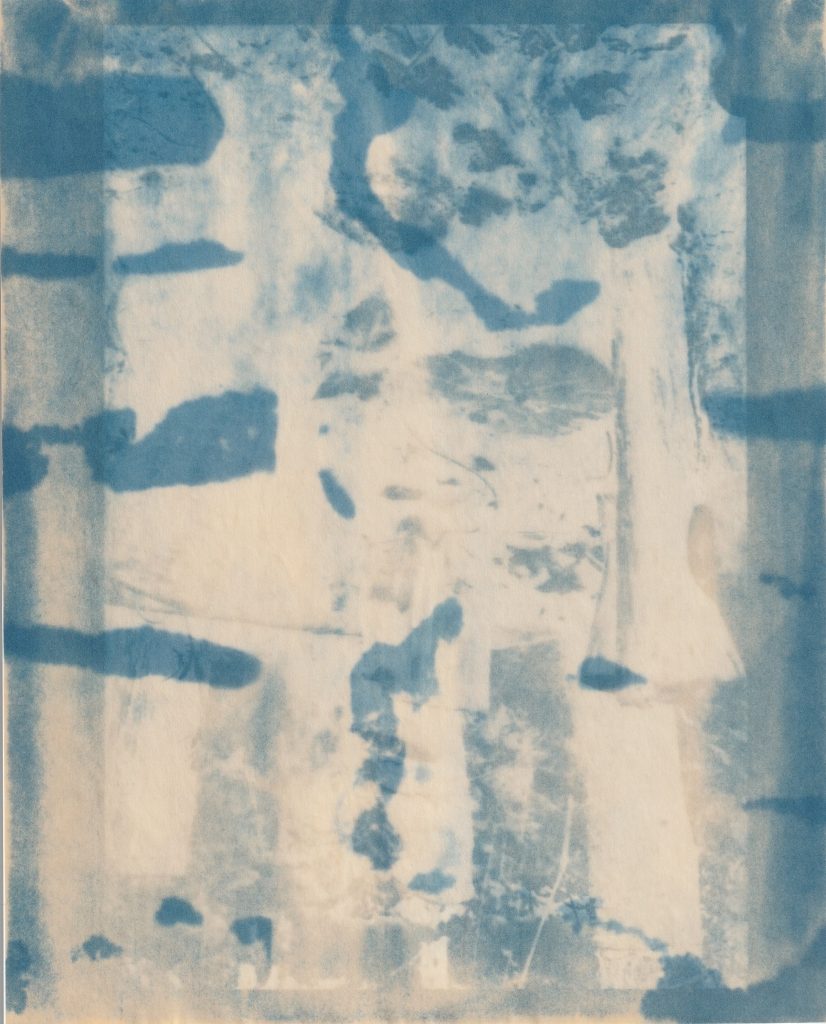
(C) Marie Smith
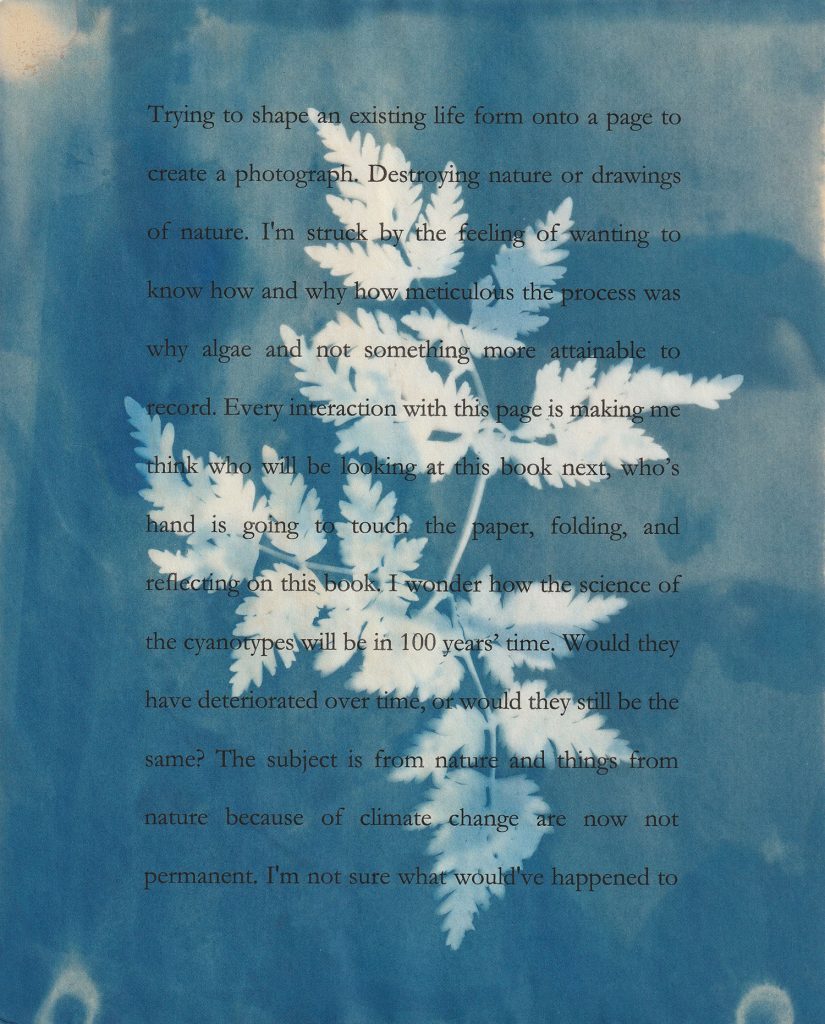
(C) Marie Smith
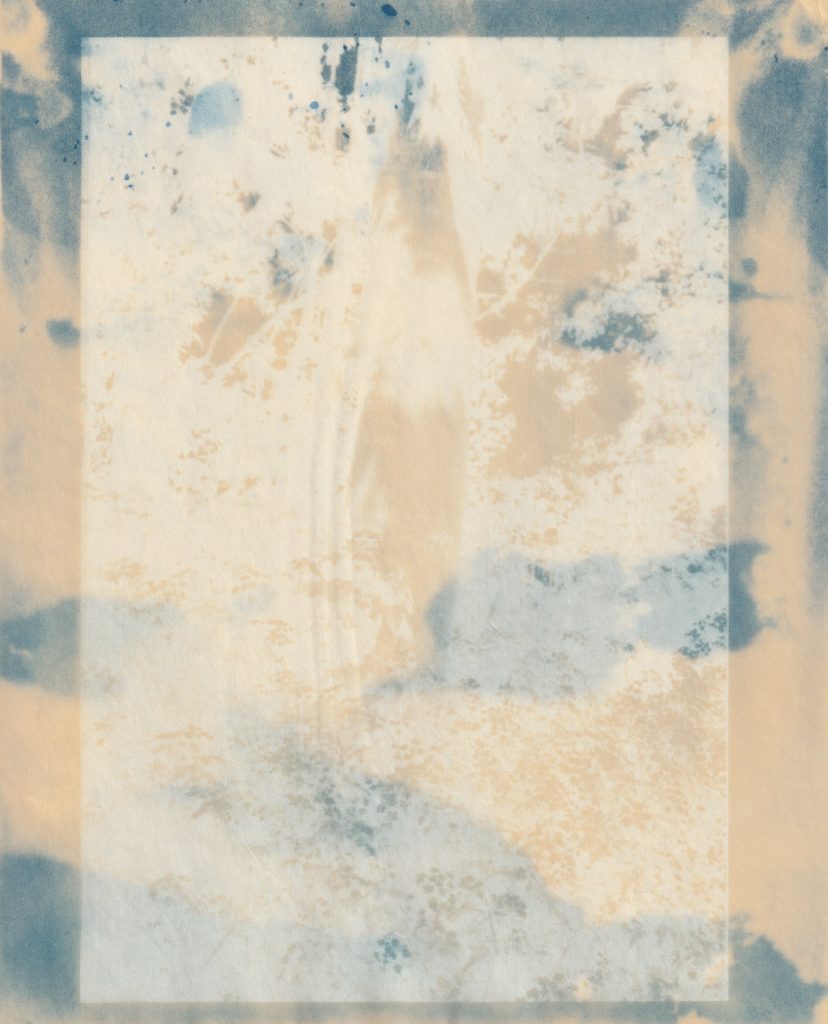
(C) Marie Smith
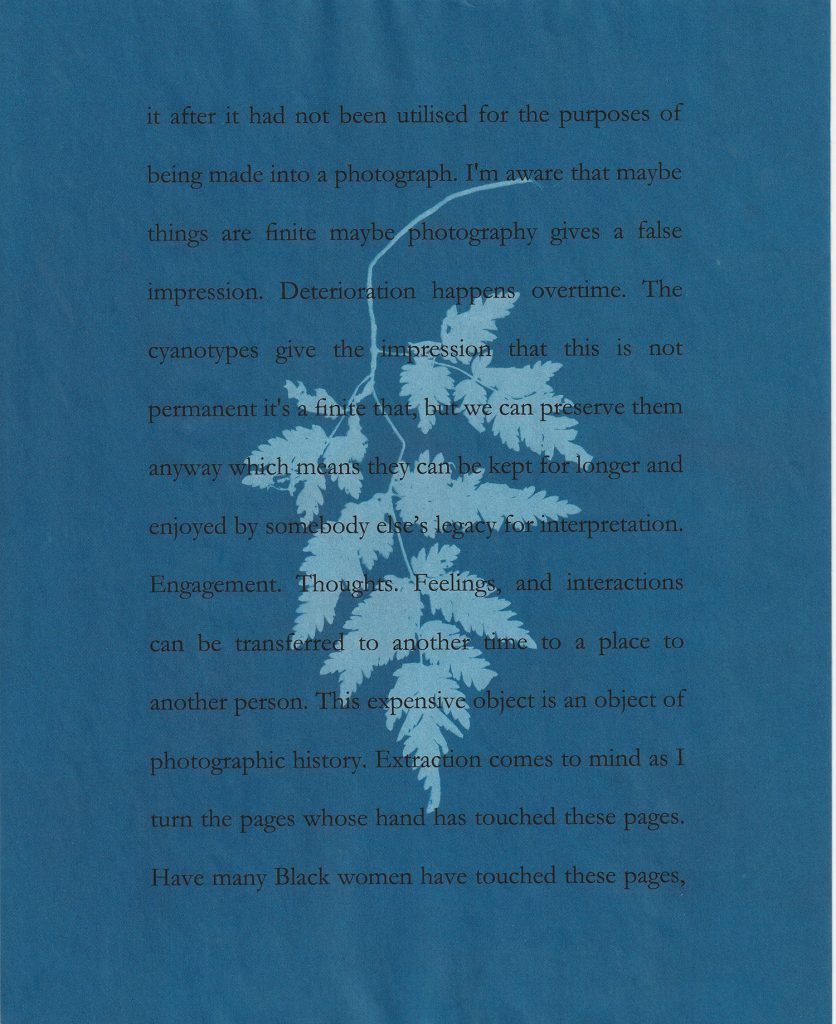
(C) Marie Smith
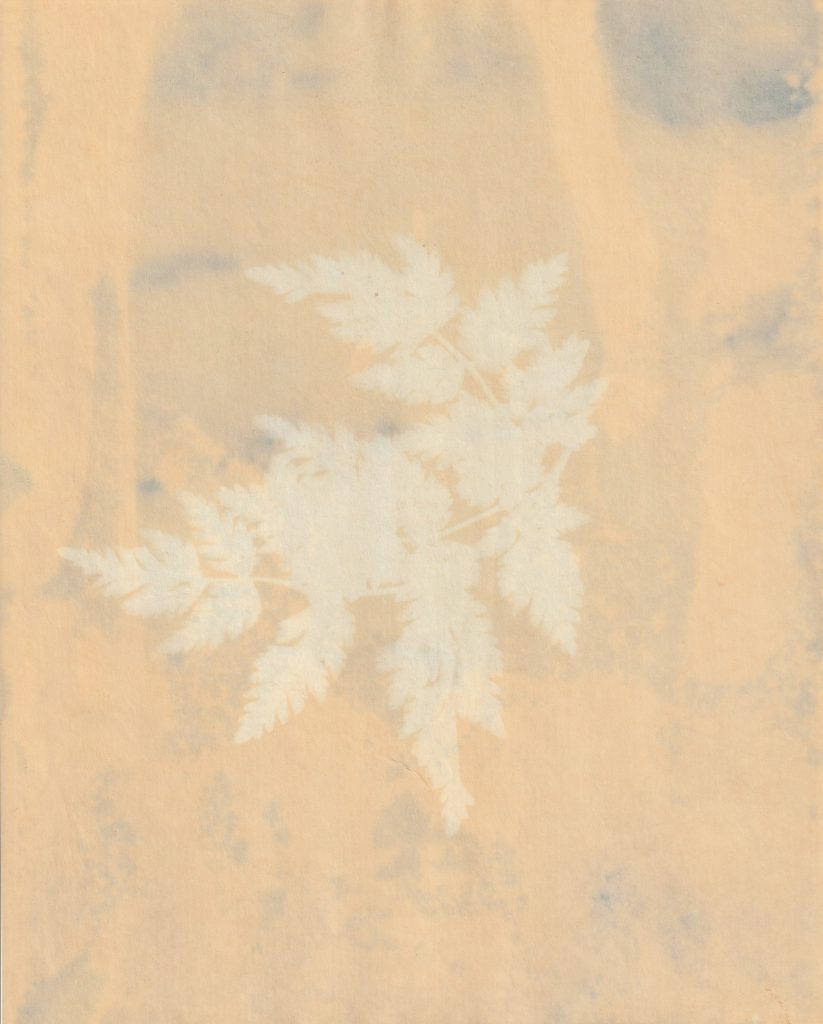
(C) Marie Smith
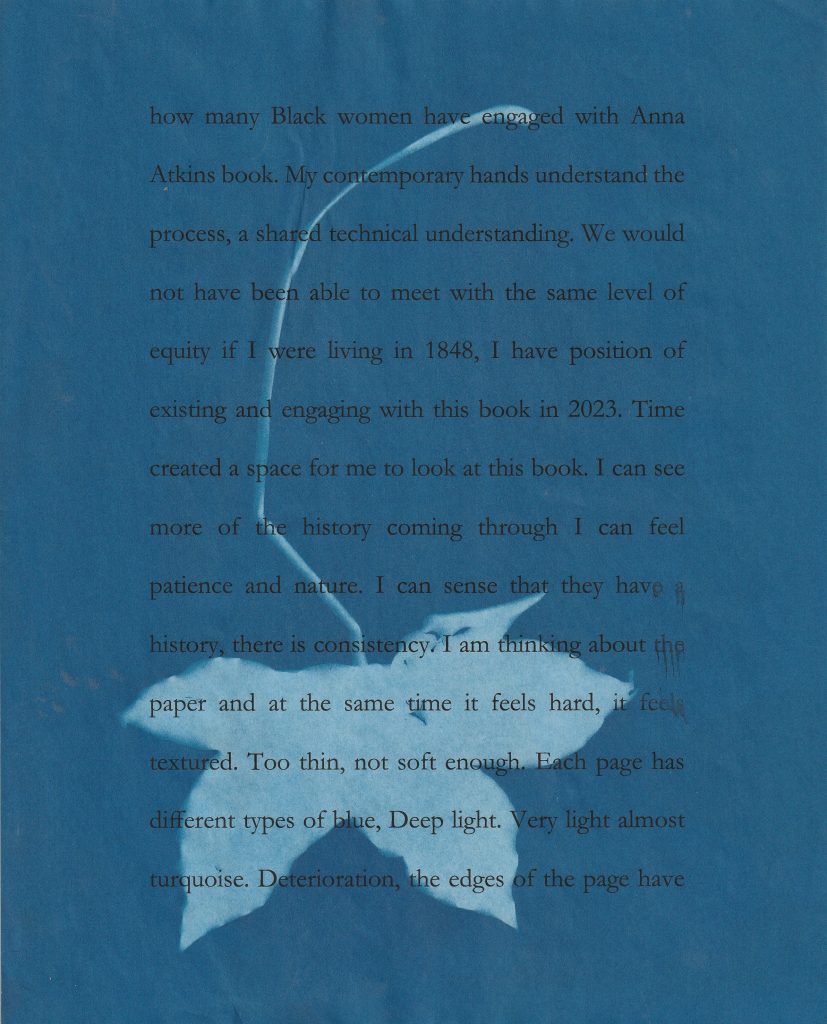
(C) Marie Smith
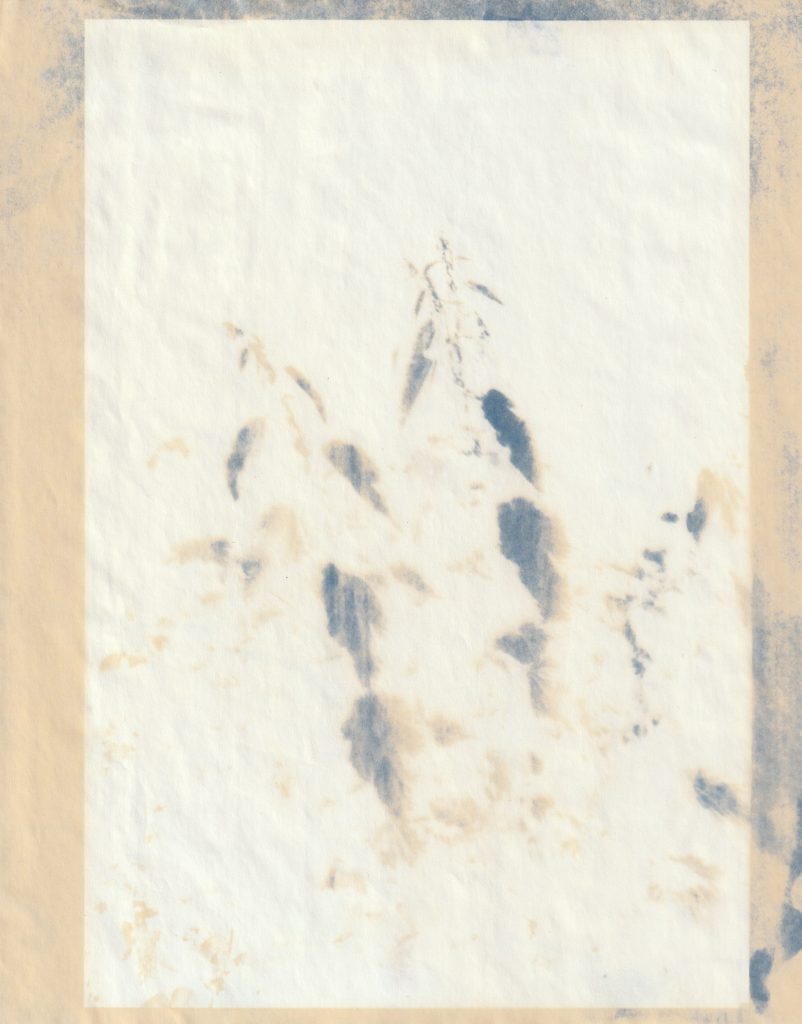
(C) Marie Smith
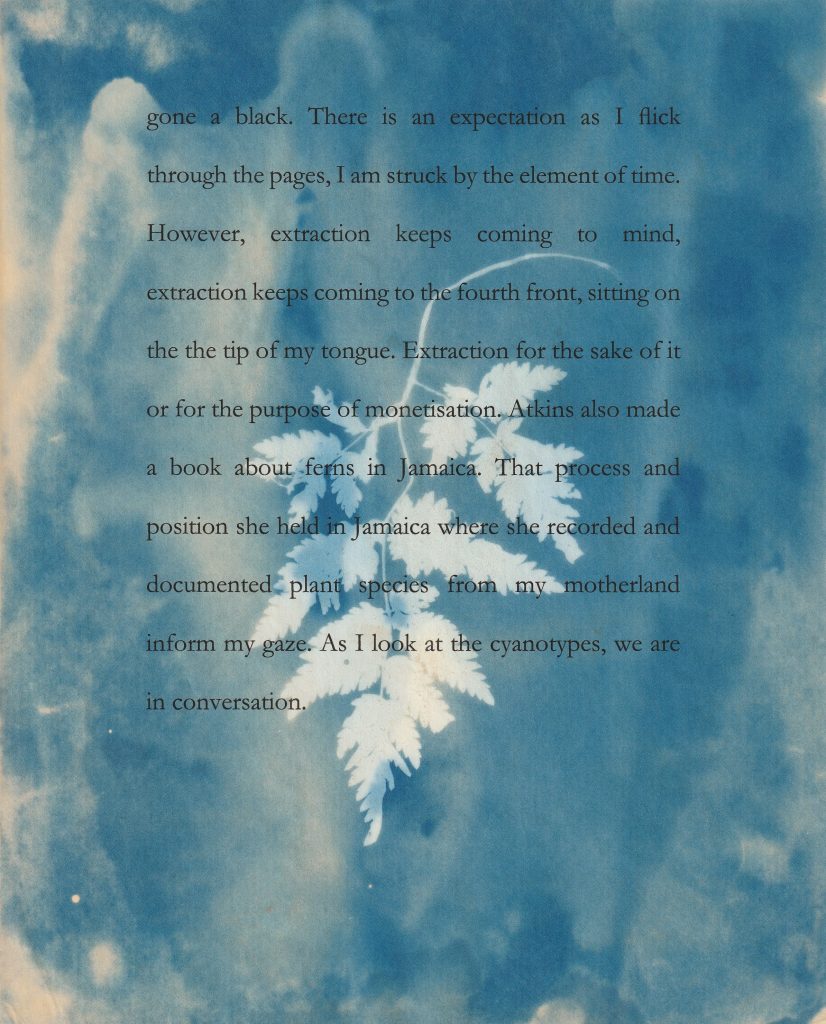
(C) Marie Smith
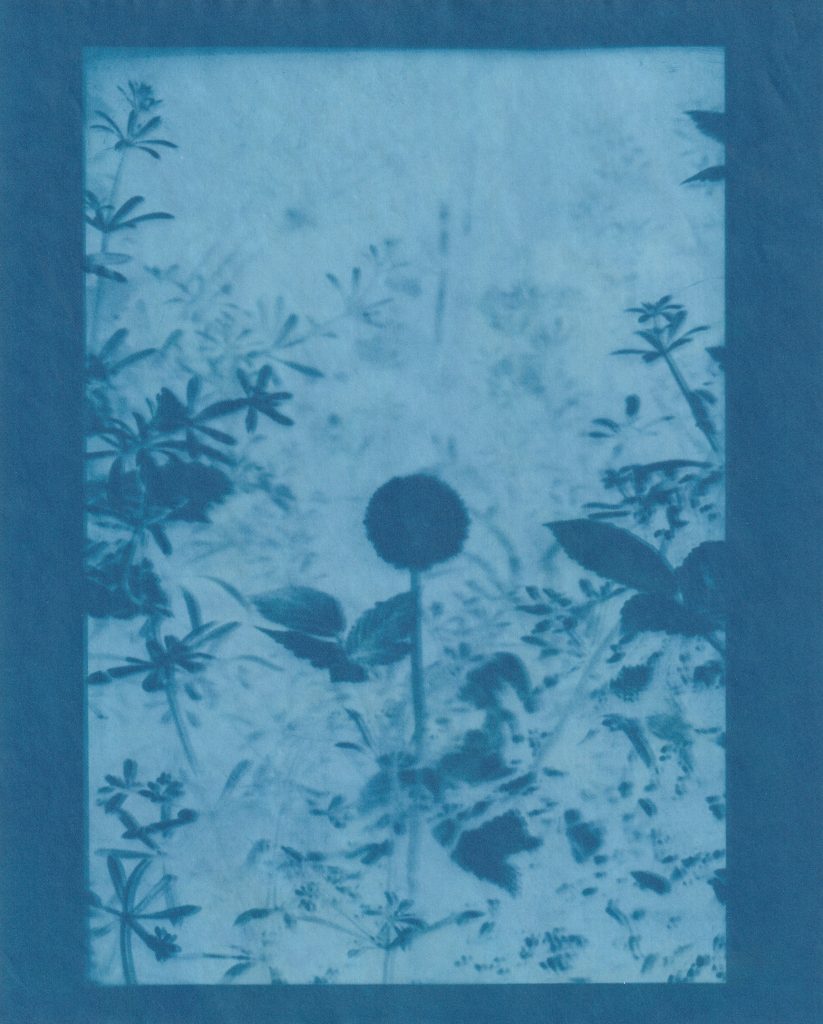
(C) Marie Smith
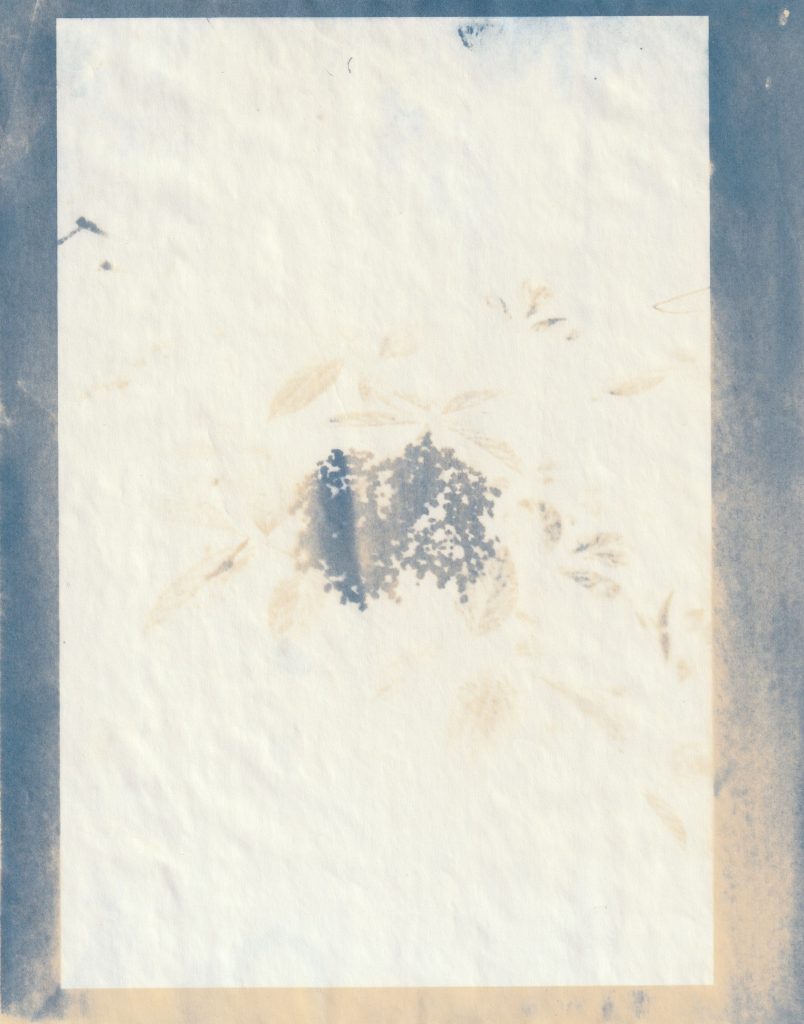
(C) Marie Smith
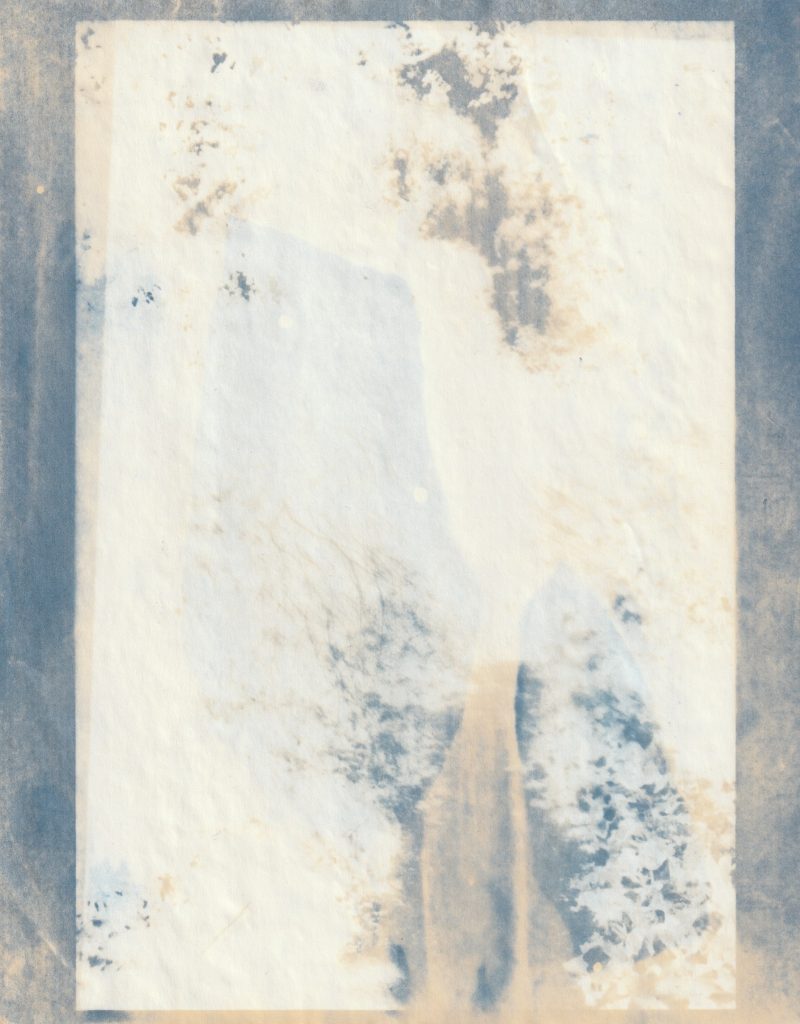
(C) Marie Smith
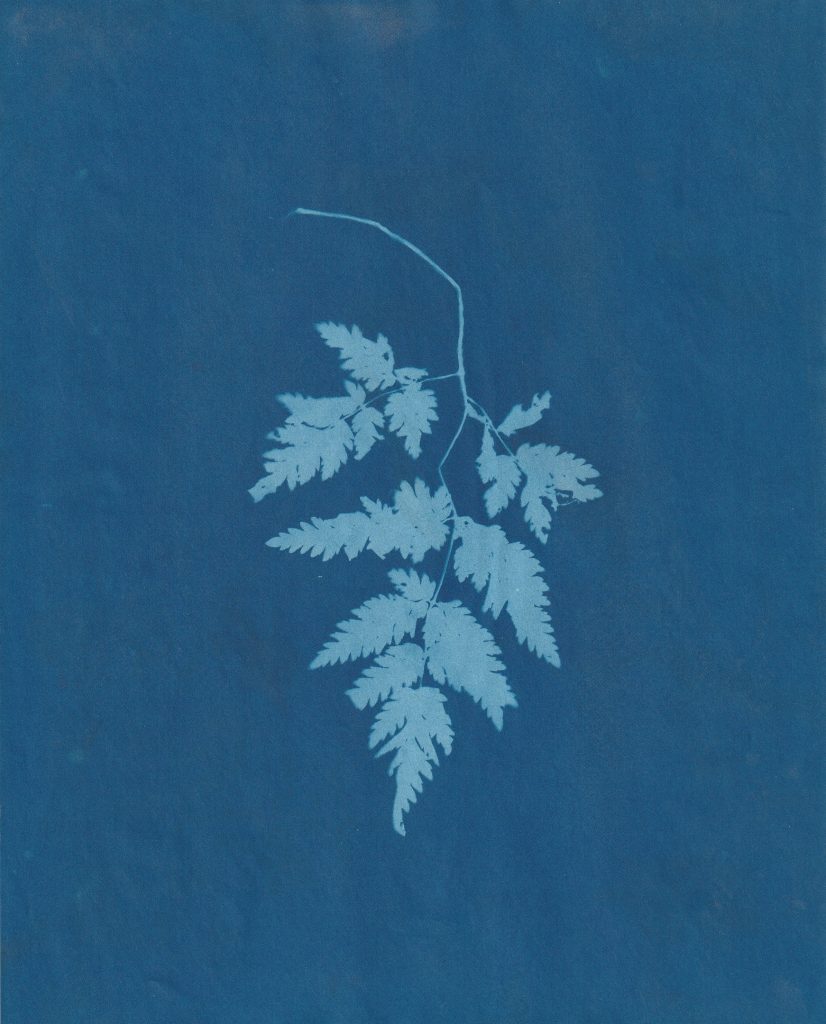
(C) Marie Smith
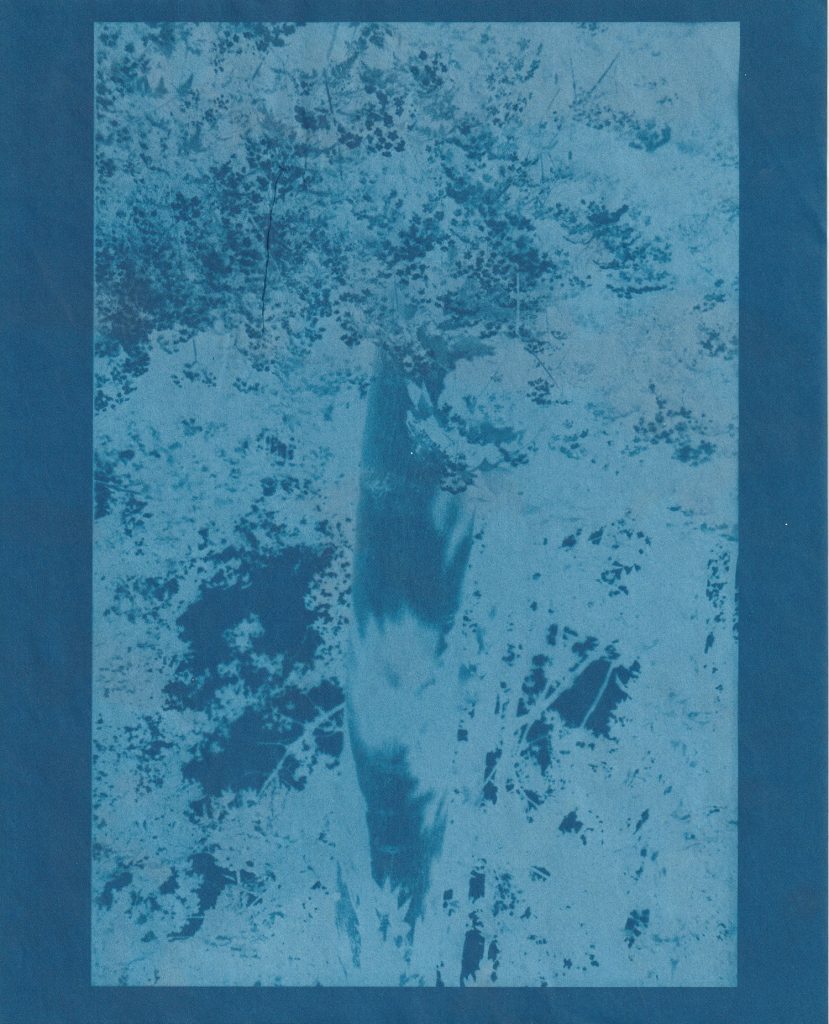
(C) Marie Smith
Please note, misspellings or fragmented statements in Marie Smith’s artworks are intentional to reflect how her thoughts were being processed at the time as a neurodiverse person.


